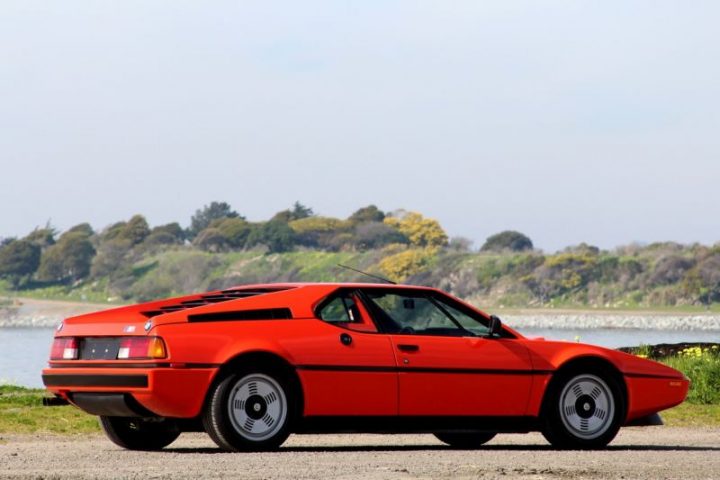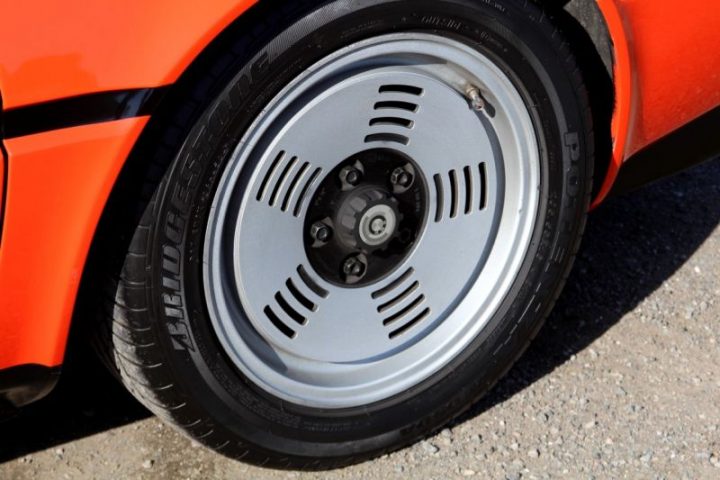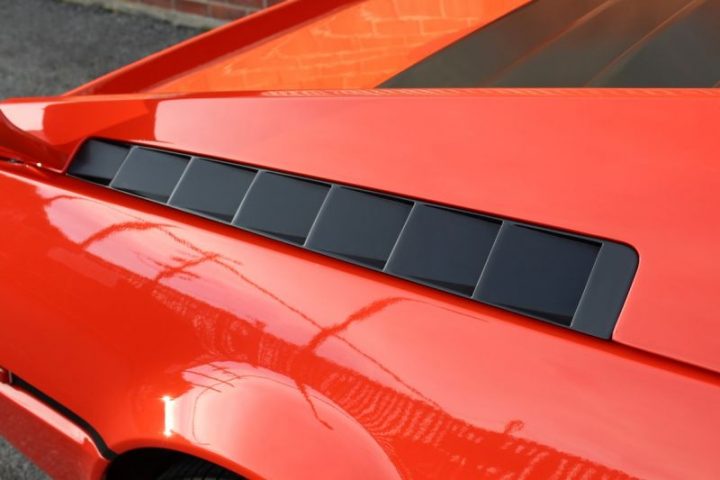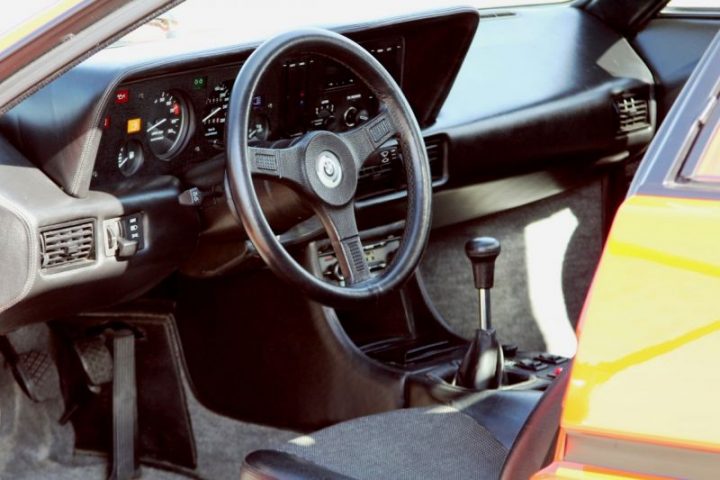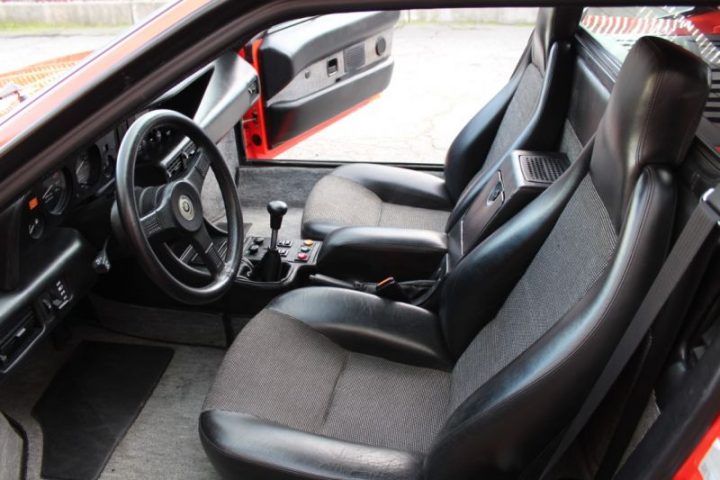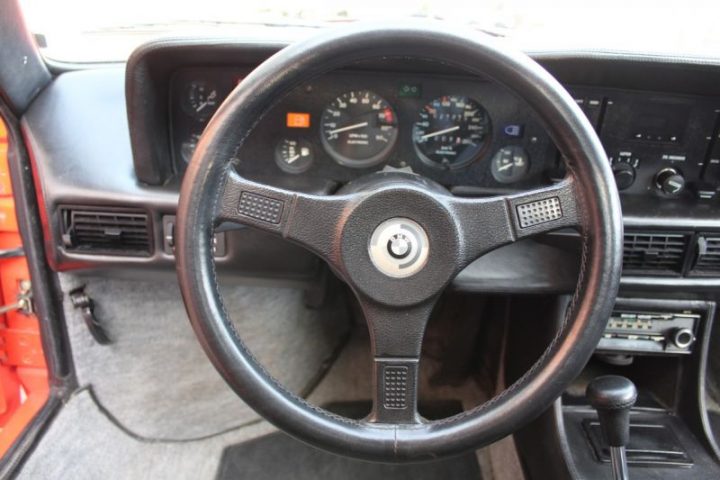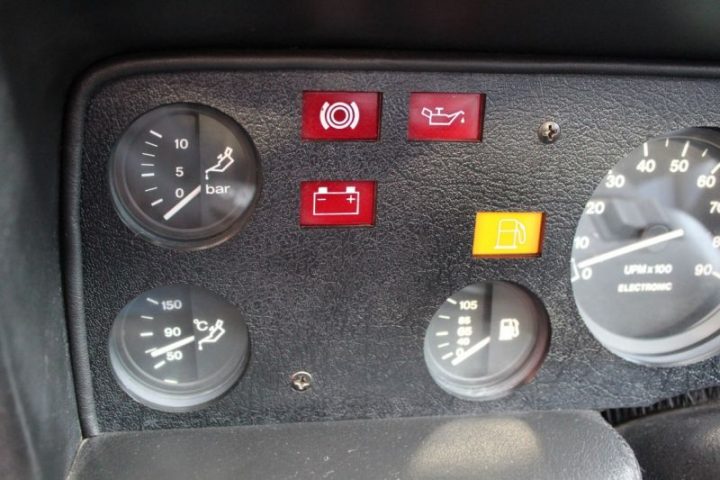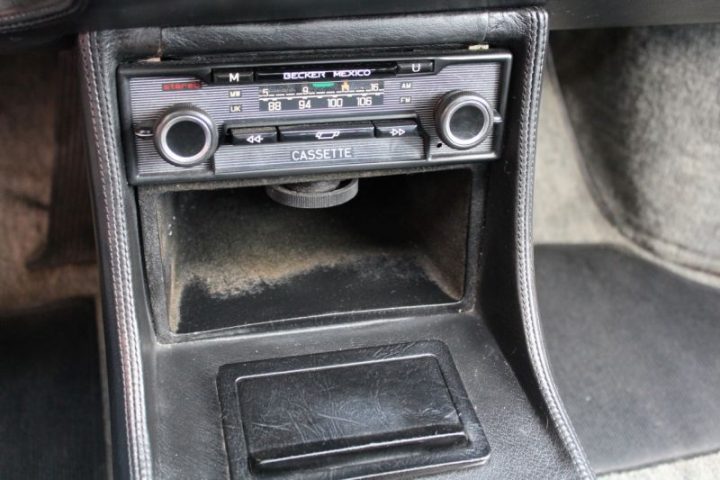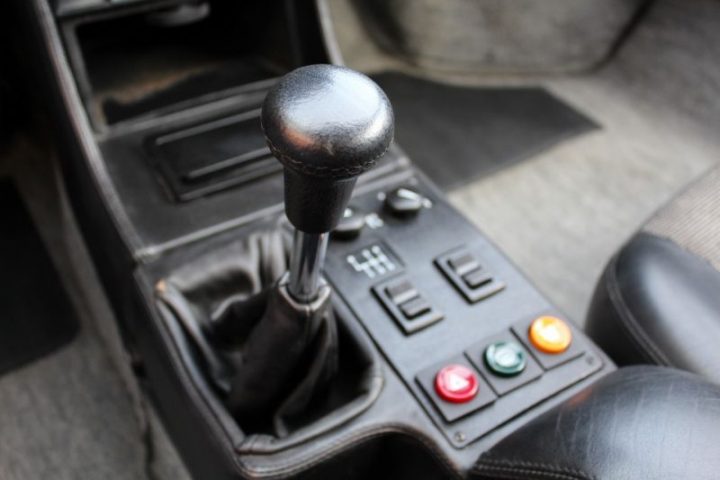BMW M1 – 1980
Marca : BMW
Modello : M1
Anno : 1980
Telaio N. : WBS59910004301006
Esemplari prodotti : 455
Designer : giorgetto giugiaro
Motore : 6 cilindri in linea
Cilindrata : 3.453 cc
Distribuzione : DOHC
Valvole Cilindro : 4
Alimentazione : Iniezione meccanica Kugelfischer
Potenza : 277 CV a 6500 giri/min
Top speed Km/h : 262
Images Courtesy of Fantasy Junction
BMW's M1 is a fascinating and unique car from a period during which the supercar was just coming into its own. The word was originally created for the Miura ten years earlier, and other cars that fit the model were emerging, including the Countach, Boxer, and Bora. The M1 was the first German car of this type, and as it has turned out, BMW's only such car to date. Developed jointly with Lamborghini, the car is still very much a German car: it is usable, practical, comfortable, and durable.
The heart of the car is the M88 engine, which has an exciting and very racy specification that included dual overhead camshafts, four valves per cylinder, one throttle body per cylinder, tubular headers, and dry sump lubrication. The engine was intended for racing, and indeed, the competition version of the M1 was raced extensively in the Procar series, a 1-make series in which drivers from Formula 1, the World Sports Car Championship, and European touring Car Championship all competed against one another. The races were typically run as support races for F1 events, and Nikki Lauda won the championship in the inaugural year of 1979. Ultimately, the engine was made available in other street cars beyond the M1, including the M635CSi and M5. It was among the most powerful naturally aspirated six cylinder engine available at the time.
In addition to its race-oriented engine, the M1 has a host of other interesting and exotic features. The car was styled by Giugiaro and the body manufactured in GRP. The car was developed with Lamborghini and the earliest examples built in Italy, although ultimately it returned to BMW in Germany because of another of Lamborghini's ventures into receivership during this period. The chassis was built by Marchesi, who supplied chassis to many Italian manufacturers and even made that of the Miura and the car sat on Campagnolo wheels. Thus, it has an interesting mixture of German and Italian features that make it all the more captivating to today's collector. All in, 453 examples were built, of which 399 were production street cars, ensuring yet another reason that these cars are so collectible today.


